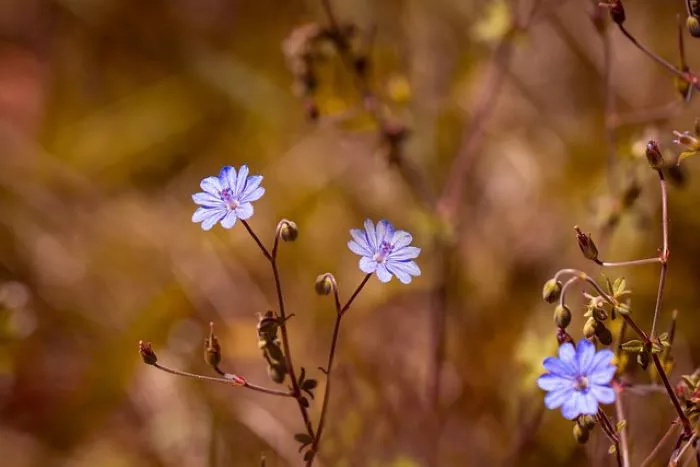Hummingbirds are fascinating creatures known for their vibrant colors and incredible flying abilities. They play a crucial role in pollination, helping many plants reproduce. To attract these beautiful birds to your garden, it is essential to plant flowers that provide the nectar they need for energy. This article will explore the best flowers to plant for hummingbirds, their characteristics, and tips for creating a hummingbird-friendly garden.
Understanding Hummingbirds and Their Needs
Hummingbirds are small birds that primarily feed on nectar from flowers. They have specialized tongues that allow them to extract nectar efficiently. In addition to nectar, they also consume insects and spiders for protein. Hummingbirds are attracted to brightly colored flowers, especially those in shades of red, orange, and pink. They are also drawn to tubular flower shapes, which accommodate their long bills and allow them to access nectar easily.
Creating a garden that attracts hummingbirds involves selecting the right plants and providing a suitable environment. Hummingbirds prefer habitats that offer plenty of flowers, shelter, and water sources. By planting a variety of nectar-rich flowers, you can create a vibrant and inviting space for these delightful birds.
Best Flowers for Hummingbirds
Several flowers are particularly attractive to hummingbirds. Here are some of the best options to consider for your garden:
Bee Balm (Monarda)
Bee balm is a perennial plant known for its bright, tubular flowers that come in shades of red, pink, and purple. The flowers bloom in mid to late summer, attracting hummingbirds and other pollinators. Bee balm prefers full sun and well-drained soil. It also has the added benefit of attracting bees and butterflies, making it a great addition to any pollinator garden.
Salvia (Salvia spp.)
Salvia, or sage, is a diverse genus with many species that hummingbirds love. The flowers are typically tubular and come in various colors, including blue, purple, and red. Salvia plants are drought-tolerant and thrive in full sun. They bloom from spring to fall, providing a long-lasting food source for hummingbirds.
Trumpet Vine (Campsis radicans)
Trumpet vine is a vigorous climbing plant that produces large, trumpet-shaped flowers in shades of orange and red. These flowers are highly attractive to hummingbirds. Trumpet vine prefers full sun and can grow in various soil types. It is essential to provide support for this vine, as it can quickly cover trellises or fences.
Columbine (Aquilegia)
Columbine is a perennial flower that features delicate, bell-shaped blooms in a variety of colors, including red, blue, and yellow. The flowers are typically found in spring and early summer, making them one of the first sources of nectar for hummingbirds. Columbine prefers partial shade and well-drained soil. It is also a great choice for woodland gardens.
Zinnia (Zinnia elegans)
Zinnias are annual flowers that are easy to grow and come in a wide range of colors. They have a flat bloom structure that attracts hummingbirds. Zinnias thrive in full sun and well-drained soil. They bloom from summer to fall, providing a continuous source of nectar for hummingbirds throughout the growing season.
Lobelia (Lobelia spp.)
Lobelia is a versatile plant that produces small, tubular flowers in shades of blue, purple, and red. It is an excellent choice for hanging baskets and borders. Lobelia prefers partial shade to full sun and moist, well-drained soil. The flowers bloom throughout the summer, attracting hummingbirds and other pollinators.
Fuchsia (Fuchsia spp.)
Fuchsia is a popular flowering plant known for its unique, pendulous blooms. The flowers come in various colors, including pink, red, and purple. Fuchsia plants thrive in partial shade and require consistently moist soil. They are often used in hanging baskets and containers, making them a lovely addition to patios and gardens.
Coral Honeysuckle (Lonicera sempervirens)
Coral honeysuckle is a climbing vine that produces clusters of tubular, coral-red flowers. These flowers are highly attractive to hummingbirds and bloom from spring to summer. Coral honeysuckle prefers full sun to partial shade and well-drained soil. This vine can be trained to grow on trellises or fences, providing both beauty and habitat for hummingbirds.
Creating a Hummingbird-Friendly Garden
To create a garden that attracts hummingbirds, consider the following tips:
Plant in Clusters
Hummingbirds are more likely to visit flowers that are planted in clusters rather than scattered throughout the garden. Grouping plants together creates a more visually appealing and accessible source of nectar for the birds.
Choose Native Plants
Native plants are well-suited to local environments and often require less maintenance. They also provide food and habitat for local wildlife, including hummingbirds. Research native flowering plants in your region that attract hummingbirds.
Provide Water Sources
Hummingbirds need water for drinking and bathing. Adding a shallow birdbath or a small fountain to your garden can attract these birds. Ensure the water is clean and changed regularly to prevent stagnation.
Avoid Pesticides
Pesticides can harm hummingbirds and other beneficial insects. Instead of using chemicals, consider natural pest control methods, such as introducing beneficial insects or using organic treatments.
Create Shelter
Hummingbirds need shelter to protect themselves from predators and harsh weather. Planting shrubs and trees can provide safe resting places. Dense foliage offers a safe environment where hummingbirds can hide.
Conclusion
Planting flowers that attract hummingbirds is a rewarding way to enhance your garden’s beauty while supporting local wildlife. By choosing a variety of nectar-rich flowers, you can create a vibrant habitat that encourages hummingbirds to visit. Flowers such as bee balm, salvia, trumpet vine, columbine, zinnia, lobelia, fuchsia, and coral honeysuckle are excellent choices for attracting these delightful birds.
Creating a hummingbird-friendly garden involves more than just planting flowers. Consider the overall environment by providing water sources, shelter, and avoiding harmful pesticides. With the right plants and care, your garden can become a haven for hummingbirds, allowing you to enjoy their beauty and grace throughout the growing season.


